Haro Asô
Extraits

Critique littéraire
Héloïse vierge et mère. Un cas de pédophilie incestueuse au 12e siècle
02/2008

Arbitrage
Les Cahiers de l'Arbitrage N° 4/2022
02/2023

Monographies
Burmese Silver from the Colonial Period
09/2022
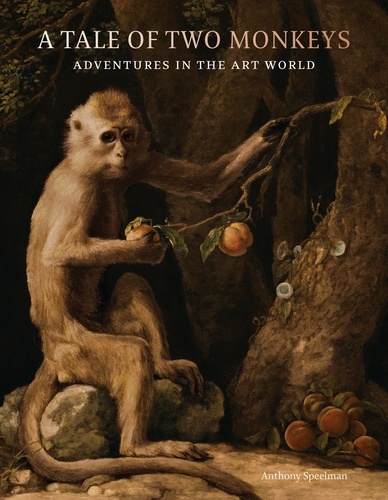
Monographies
A Tale of Two Monkeys. Adventures in the Art World
12/2022
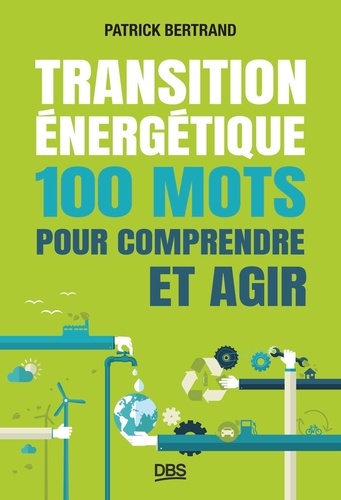
Energie
Transition énergétique. 100 mots pour comprendre et agir
02/2024

Etudes de lettres
Agrégation de Lettres. Tout le programme du Moyen Age au XXe siècle en un volume, Edition 2022
08/2021

Rock
Iggy Pop and The Stooges
12/2021
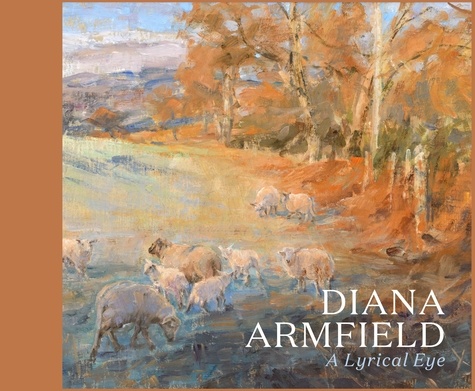
Monographies
Diana Armfield. A Lyrical Eye
06/2021
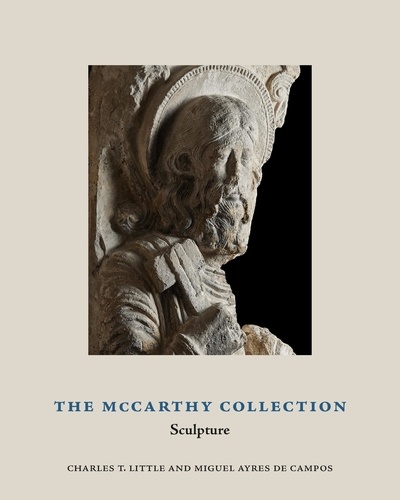
Sculpture
The McCarthy collection. Sculpture
04/2024

Sciences de la terre et de la
Cuckoos, Cowbirds and Other Cheats
04/2000

Religion jeunesse
The beautiful dolls of Julia are getting married. Numéro 22
10/2018

Religion jeunesse
The beautiful dolls of Julia are celebrating the assumption of the blessed virgin Mary. Numéro 15
05/2019
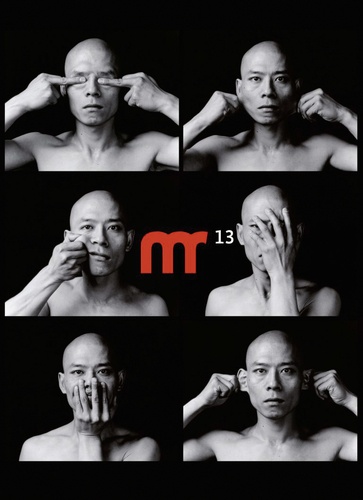
Beaux arts
Après Eden, la collection Walther. Edition bilingue français-anglais
11/2015
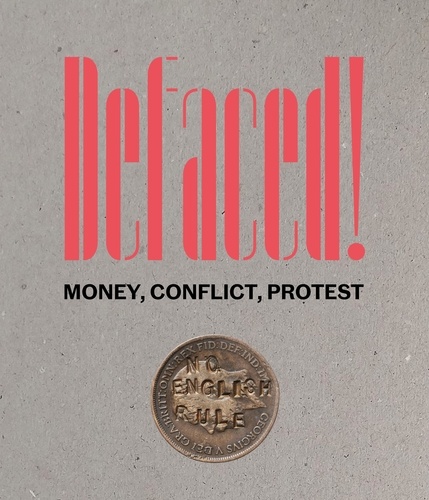
Monographies
Defaced! Money, Conflict, Protest
12/2022
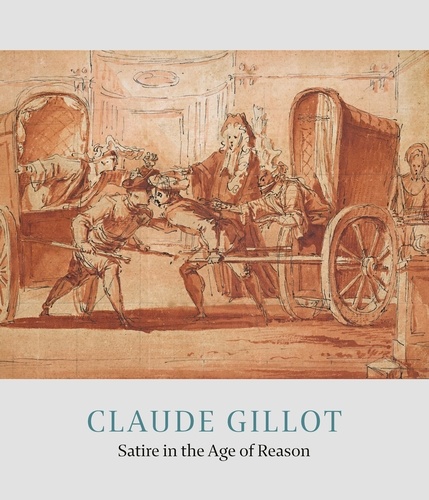
Monographies
Claude Gillot. Satire in the Age of Reason
03/2023

Monographies
Peter Doig
06/2023

Littérature étrangère
Ton absence n'est que ténèbres
Un homme se retrouve dans une église, quelque part dans les fjords de l'ouest, sans savoir comment il est arrivé là, ni pourquoi. C'est comme s'il avait perdu tous ses repères. Quand il découvre l'inscription "Ton absence n'est que ténèbres" sur une tombe du cimetière du village, une femme se présentant comme la fille de la défunte lui propose de l'amener chez sa soeur qui tient le seul hôtel des environs. L'homme se rend alors compte qu'il n'est pas simplement perdu, mais amnésique : tout le monde semble le connaître, mais lui n'a aucune souvenir ni de Soley, la propriétaire de l'hôtel, ni de sa soeur Runa, ou encore d'Aldis, leur mère tant regrettée. Petit à petit, se déploient alors différents récits, comme pour lui rendre la mémoire perdue, en le plongeant dans la grande histoire de cette famille, du milieu du 19ème siècle jusqu'en 2020. Aldis, une fille de la ville revenue dans les fjords pour y avoir croisé le regard bleu d'Haraldur ; Pétur, un pasteur marié, écrivant des lettres au poète Hölderlin et amoureux d'une inconnue ; Asi, dont la vie est régie par un appétit sexuel indomptable ; Svana, qui doit abandonner son fils si elle veut sauver son mariage ; Jon, un père de famille aimant mais incapable de résister à l'alcool ; Pall et Elias qui n'ont pas le courage de vivre leur histoire d'amour au grand jour ; Eirikur, un musicien que même sa réussite ne sauve pas de la tristesse - voici quelques-uns des personnages qui traversent cette saga familiale hors normes. Les actes manqués, les fragilités et les renoncements dominent la vie de ces femmes et hommes autant que la quête du bonheur. Tous se retrouvent confrontés à la question de savoir comment aimer, et tous doivent faire des choix difficiles. Ton absence n'est que ténèbres frappe par son ampleur, sa construction et son audace : le nombre de personnages, les époques enjambées, la puissance des sentiments, la violence des destins - tout semble superlatif dans ce nouveau roman de Jon Kalman Stefánsson. Les récits s'enchâssent les uns dans les autres, se perdent, se croisent ou se répondent, puis finissent par former une mosaïque romanesque extraordinaire, comme si l'auteur islandais avait voulu reconstituer la mémoire perdue non pas d'un personnage mais de l'humanité tout entière. Le résultat est d'une intensité incandescente. Traduit de l'islandais par Eric Boury
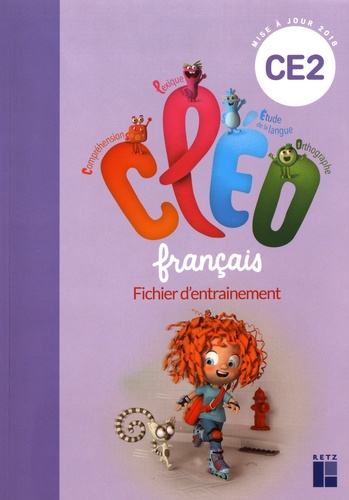
Enseignement primaire
Français CE2 CLEO. Fichier d'entrainement, Edition 2019
02/2019
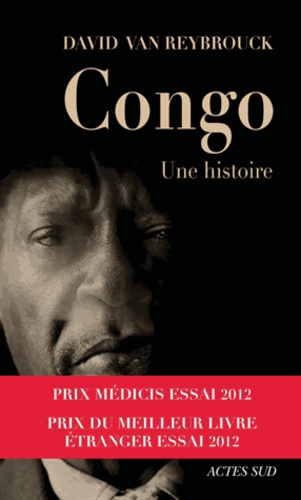
Histoire internationale
Congo, une histoire
09/2012
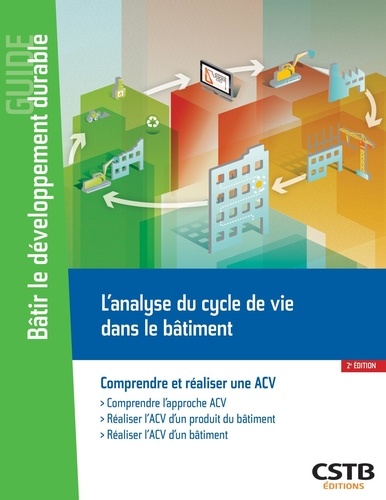
Bâtiments et travaux publics
L'analyse du cycle de vie dans le bâtiment. Comprendre et réaliser une ACV
12/2023
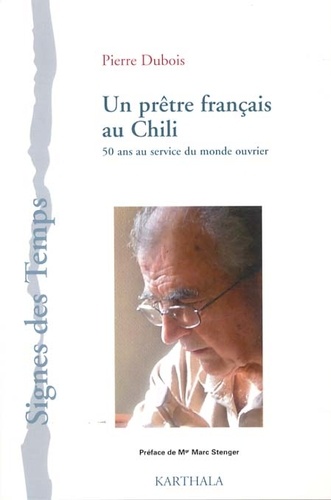
Religion
Un prêtre français au Chili. 50 ans au service du monde ouvrier
10/2012
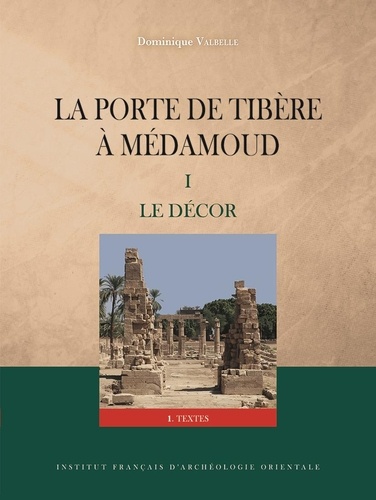
Archéologie
La porte de Tibère à Médamoud. Tome 1, Le décor
02/2024

Divers
Le plus beau métier du monde. Chroniques d’un prof des quartiers
08/2023
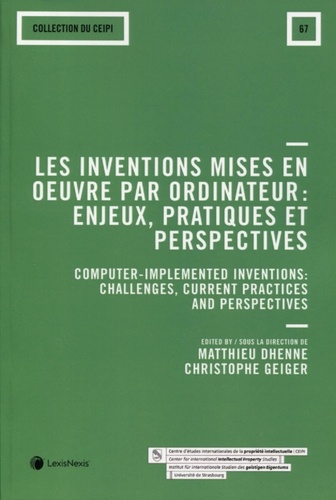
Droit
Les inventions mises en oeuvre par ordinateur. Enjeux, pratiques et perspectives, Textes en français et anglais
07/2019

Histoire de France
Les sous-marins de la Kriegsmarine 1935-1945. Les "loups gris" de Dönitz (Volume 1)
11/2020

Mer
Les sous-marins de la Kriegsmarine 1935-1945. Les "loups gris" de Dönitz (Volume 2)
12/2020
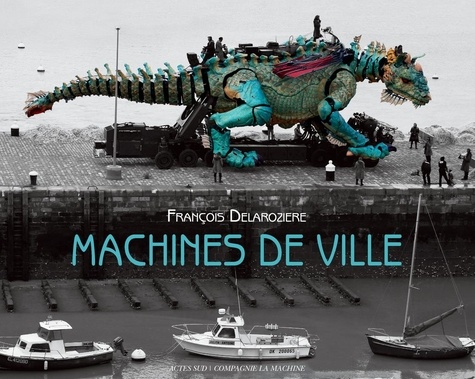
Beaux arts
Machines de ville. Edition bilingue français-anglais
09/2020
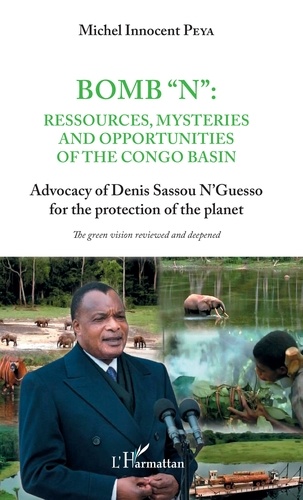
Histoire internationale
Bomb N : ressources, mysteries and opportunities of the Congo basin. Advocacy of Denis Sassou N'Guesso for the protection of the planet
08/2018

Immobilier, droit de la constr
Pratique du droit de la construction. Marchés publics et privés, 10e édition
04/2024
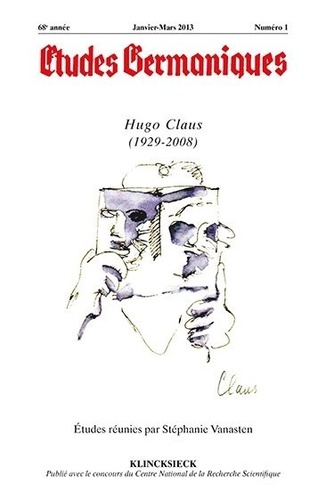
Critique littéraire
Études germaniques - N°1/2013. Hugo Claus (1929-2008)
06/2013

